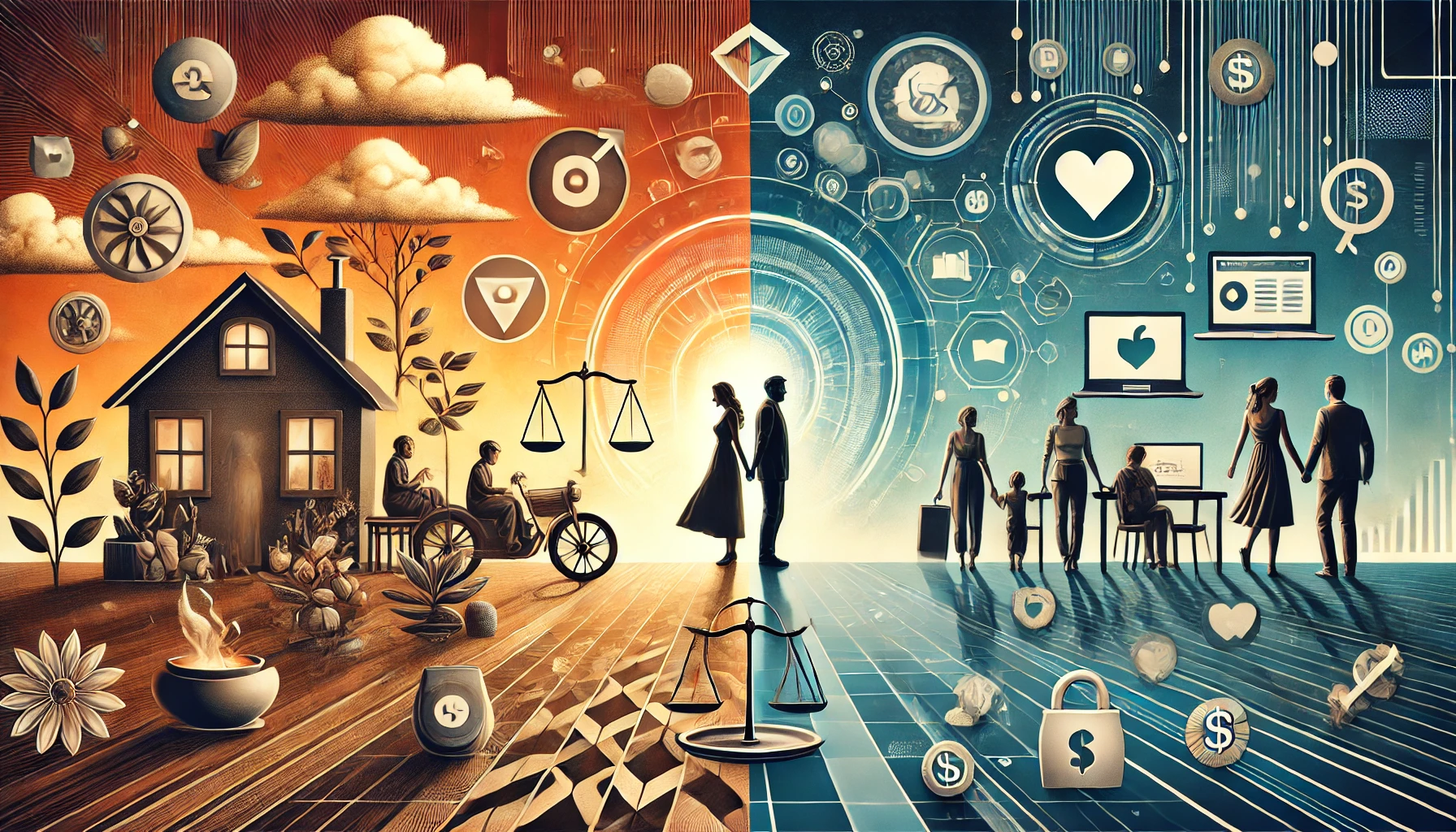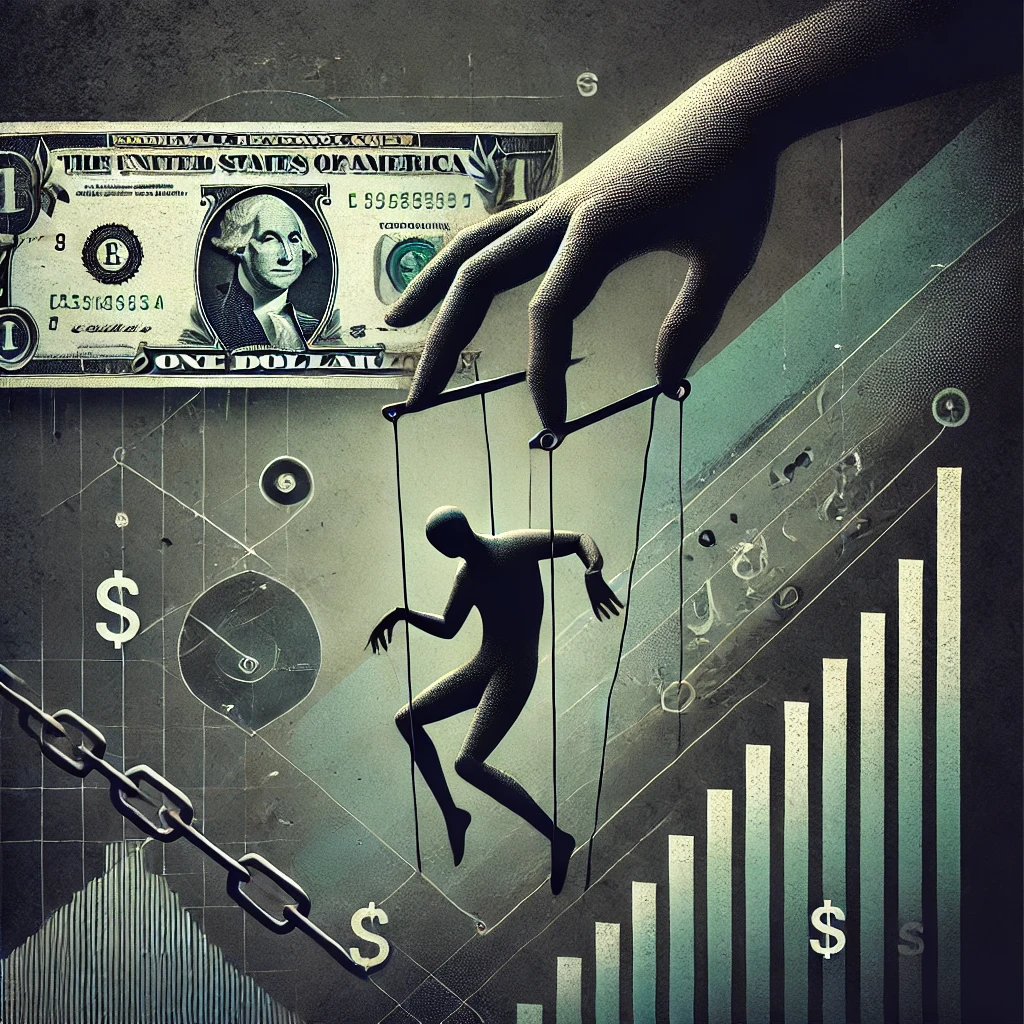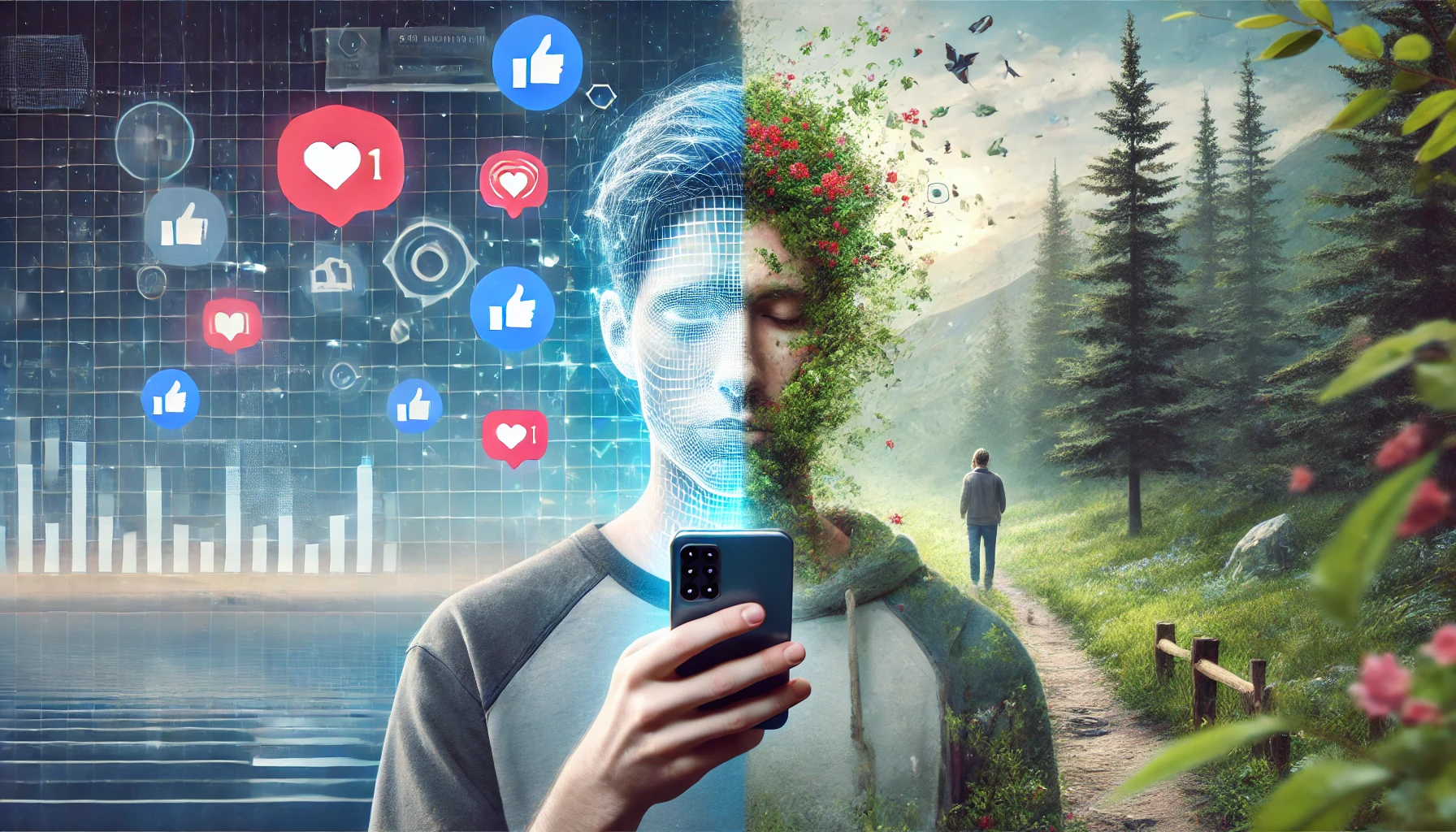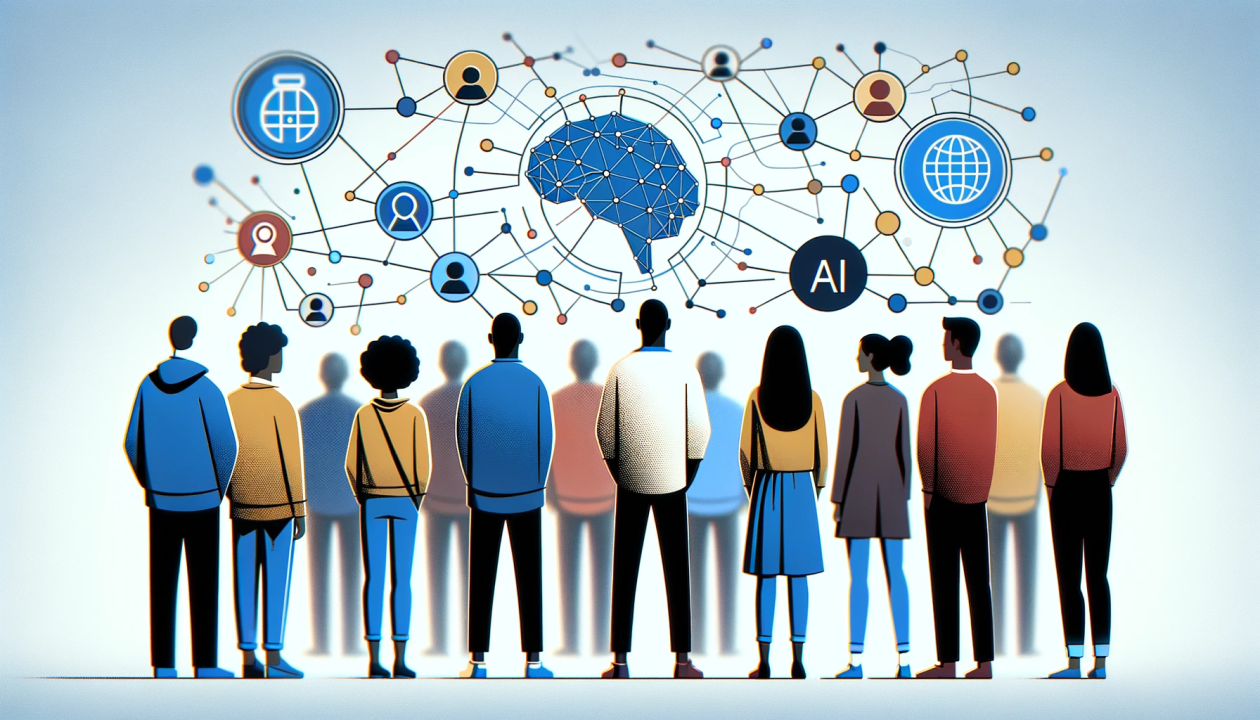Winning the War, Losing the Peace: How Defeat Liberated Germany and Japan, and Victory Shackled the Superpowers
While conventional history often glorifies military victory as the ultimate measure of national success, the post-World War II trajectories of Germany and Japan versus theView More









